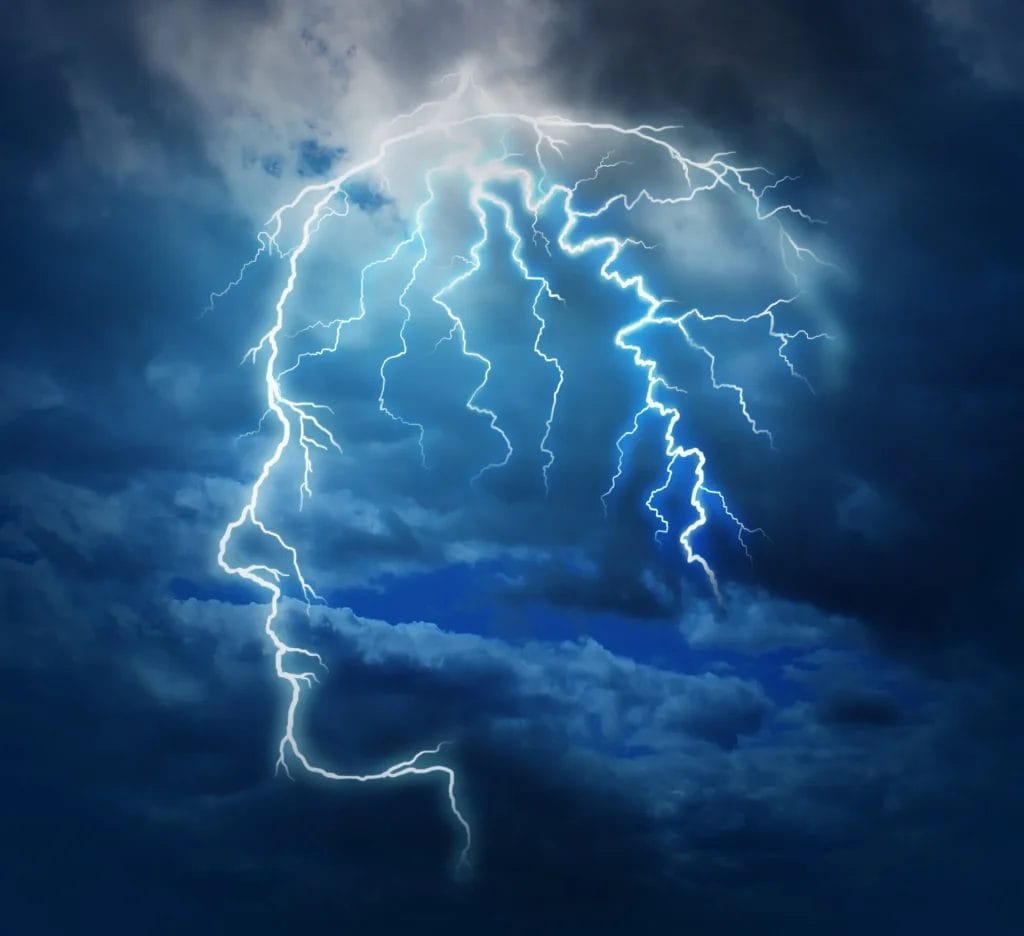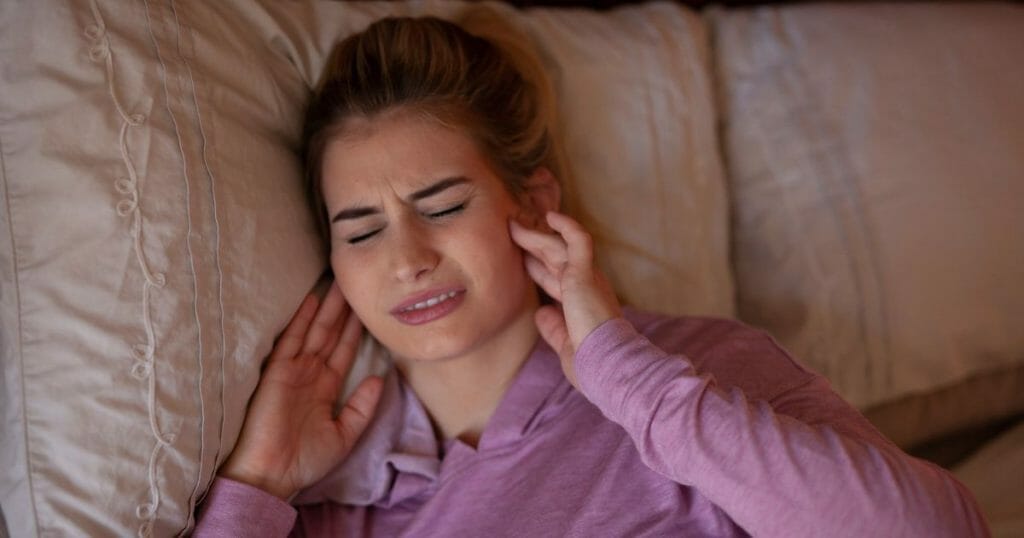Headache Disorders
Occipital Neuralgia and Facial Pain
While trigeminal neuralgia is the most common of the facial pain diagnoses, there are others that cause facial pain. Understanding the various pain sensations and how they arise can help patients have better conversations with healthcare providers and look at different treatment options to best address the symptoms. Of the conditions explored in this blog, occipital neuralgia is the most prevalent, which stems from a spinal nerve but causes pain to be experienced in the head.
Read MoreTrigeminal Neuralgia & Facial Pain
A Complex and Acutely Painful Condition Trigeminal neuralgia, while a rare disorder, is one of the more commonly heard of facial pain disorders. In 2021, “The Good Doctor” and “Chicago Med” both featured a patient with what is nicknamed “the suicide disease.” In both cases, they had successful microvascular decompression surgery performed, leaving many to…
Read MoreIs Dehydration A Migraine Trigger?
Medically Reviewed by Dr. Lauren Natbony Has anyone ever said to you about your migraine attacks, “Just drink a glass of water”? When it comes to preventing, reducing, or stopping migraine symptoms, staying hydrated is always a top recommendation, but is it really as simple as just drinking water to stop your attacks? In this…
Read MoreIs It a Sinus Headache or a Migraine?
Have you ever had a sinus infection that turns into a migraine attack? If so, you’re not alone in this. Pain caused by the sinuses and migraine attacks can have very similar symptoms, so much so that it can be hard to know which type of pain you are experiencing. However, identifying the kind of…
Read MoreCold Weather and Migraine
As winter settles in, extreme cold and snowy conditions have arrived. If you are sensitive to weather changes, you may notice an increase in migraine attacks and migraine-related symptoms during these colder months. We may not be able to control the weather, but there are steps we can take to manage attacks that come this…
Read MoreHow Wildfire Smoke Impacts Migraine and Headache Symptoms
Do you know how easily (and far) wildfire smoke can travel? Smoke from wildfires is becoming an increasing problem throughout the United States and Canada. Even if you don’t live in an area prone to wildfires, wildfire smoke can carry hundreds of miles into your neighborhood. Wildfire smoke contributes to poor air quality and can…
Read MoreFinding Answers: Taking Control of Chronic Migraine
Managing migraine day-to-day requires constant effort, no matter how long you’ve lived with migraine disease. People with chronic migraine – defined as a minimum of 15 migraine/headache days per month – may find this especially challenging. Not everyone has access to a certified migraine specialist. Very few people with chronic migraine receive a proper diagnosis and…
Read MoreManaging Migraine at Work: Strategies for Success
According to the American Headache Society, nearly 113 million workdays are lost each year due to migraine. The work environment can be full of migraine triggers that we cannot control. So what is the best way to manage migraine at work? Identify Migraine Triggers at Work The first step in preventing and/or reducing migraine at…
Read MoreMigraine Behind the Mask: Making a Difference Together
What Does Migraine Look Like For You? Every year, Migraine Meanderings asks our migraine community to participate in the Migraine Behind the Mask awareness campaign. This migraine advocacy campaign aims to help people without migraine better understand what life with migraine is like. Migraine is a highly stigmatized disease, and our campaign lets people with…
Read MoreMigraine Myths: My Insurance Determines the Migraine Meds I Can Take
Many people think that they have to take the medications their insurance requires rather than those their doctor prescribes. This is not true, although sometimes we do have to follow certain steps in order to get approval. Read this blog and follow the tips below to help get your migraine medications covered by your insurance…
Read MoreMigraine Myths: You Get Migraine Because You Don’t Take Care of Yourself
Do you ever feel judged for having migraine? Like everyone in your life believes that if you were just a little healthier you would be cured and feel better? Or maybe it’s you who is hard on yourself when a migraine attack strikes. Have you ever blamed yourself for an attack and thought … “If…
Read MoreMigraine Comorbidities: Temporomandibular Disorders
Have you ever experienced facial or jaw pain during your migraine attack? If so, you are definitely not alone. While facial pain can be due to conditions such as trigeminal neuralgia, it could also be a temporomandibular disorder that is to blame. In this, the last of our current comorbidities series, we are going to…
Read More










